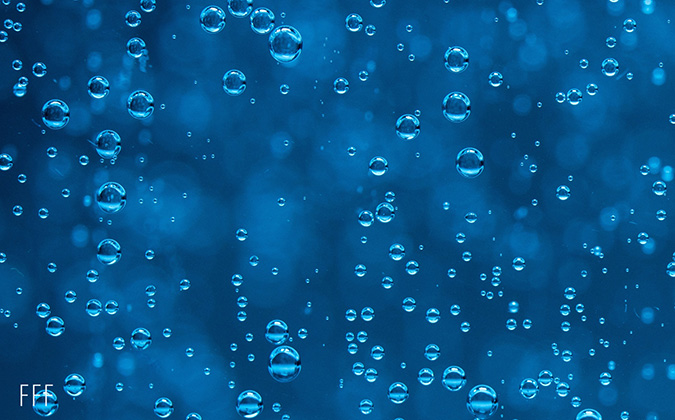
Film offers a fairer appraisal of Vietnam’s ‘controversial’ pangasius sector
Vietnam’s pangasius sector is an aquaculture phenomenon. Worth US $2 billion a year in exports alone, this fast-growing and cheap-to-produce freshwater fish has quickly become one of the most consumed seafoods in the world, including in the US and EU markets, where it is among the top five. This success is underpinned by its low cost, mild flavor and consumer-friendly boneless and skinless fillet format – properties that have made it a good alternative to such wild-caught fish as cod and pollock.
On the flip side, however, pangasius — also known as dory fish and basa — is also one of the most controversial species on the international market. The sector faces fierce criticism for allegedly engaging in unsustainable farming practices and for providing products that might endanger consumer health.
Historically, a large part of this argument is rooted in the fact that pangasius is mainly produced in intensive farming systems dotted along Vietnam’s 14,000 km Mekong River. This is recognized as one of the longest tributaries in the world, and by some it’s deemed to be one of the most polluted due to human activities such as deforestation and the presence of pesticides and other chemical compounds used in rice crops.
Pangasius producers have repeatedly denied that the Mekong poses any such health hazards and have also stressed that their fish are safe to eat. But they have often found themselves going unheard.
A more balanced account
While the allegations have shown little sign of letting up, the recent documentary “The truth behind dory fish,” made for Channel News Asia’s investigative TV series Undercover Asia, offers a more balanced account of the sector. Now available on CNA’s YouTube channel, the film follows a quarter century of highs and lows in the industry, putting particular emphasis on the media attention and “deluge of criticism” that it has faced in the last decade.
It also suggests that much of the criticism and public confusion around pangasius may have been started by foreign competitors, who have been alarmed by the sector’s rapid growth.
The film explains that as an industry, pangasius came at just the right time for the Vietnamese people following the liberalization of the country’s economy in the 1990s. It subsequently boomed by supplying a commodity that could be produced and exported on an industrial scale, bringing many jobs to rural communities in the process.
At the same time, the documentary questions the fairness and accuracy of previous reports, many of which have claimed that the industry produces fish in heavily polluted waters, and that antibiotic and other medicine use is rife.
“There has been so much been said about the pangasius industry over the last decade — and so much misinformation that has been put into the public that it’s very difficult to distinguish fiction from facts,” says Prof. Simon Bush of Wageningen University, who has studied the growth of Vietnam’s pangasius production, in the documentary.
Rigorous testing
He also says he has not seen any evidence that corroborates the claims made that the Mekong is one of the most heavily polluted rivers in the world, and points to the rigorous testing regimes in place for the fish produced there.
Similarly, Dang Thi Thuong, Director of Sustainable Development at the Vinh Hoan Corporation, the largest producer of pangasius in Vietnam, confirms that the company is constantly monitoring the water quality at its farms to ensure that the fish they produce are safe to eat.
“Every time we drain the water [from the ponds], we test the water quality of the Mekong River before we pump the water [back] into the pond,” she said, adding that the tests ensure the quality and consistency of the fish.
Underlining these efforts, John Nguyen, manager at pangasius exporter Godaco Seafood, adds, “At the moment, there is nothing wrong with the Mekong River Delta; it is tested every week — monthly and yearly. If there was a problem, we would not be growing the fish in this place. And if there was a problem with the fish the demand wouldn’t be going up, and the price wouldn’t be going up.”
Nguyen also confirms that government agencies are constantly testing the actual fish being produced, including antibiotic residues.
‘Asian aquaculture success story’
The documentary narrator states that despite all the controversies, the truth is that consumer markets need fish like pangasius, saying, “it’s just the kind of cheap and nutritious protein essential to feed an ever-growing and ever-more hungry world.”
Furthermore, Vietnamese producers are confident that they have enough customers to stay in the market whatever happens, the narrator adds, concluding that in the end, it all comes down to consumer knowledge and choice.”
Giving his assessment of the sector, Bush offers, “Pangasius is an Asian aquaculture success story and I think the rest of the world should give it a bit more credit for being such an important source of fish and produced at such high levels of efficiency.
“Does that mean there are no problems with the industry? Absolutely not. Like any food production system, there are going to be concerns, but the point is that we have the institutions in place that are able to pick up and deal with those issues as they come.”
To view the documentary on CNA’s YouTube channel, click here.
Posted on: March 19, 2021






